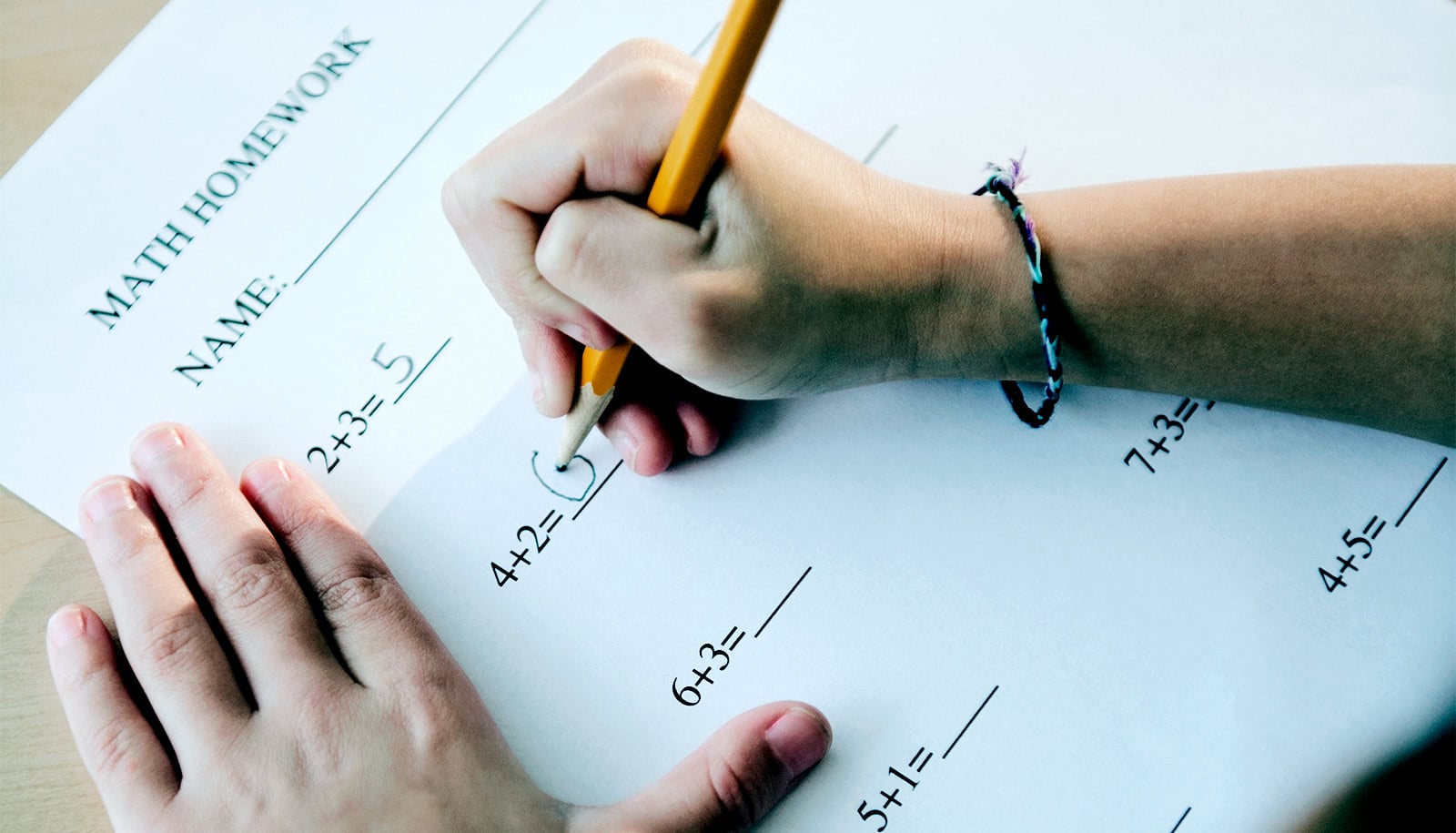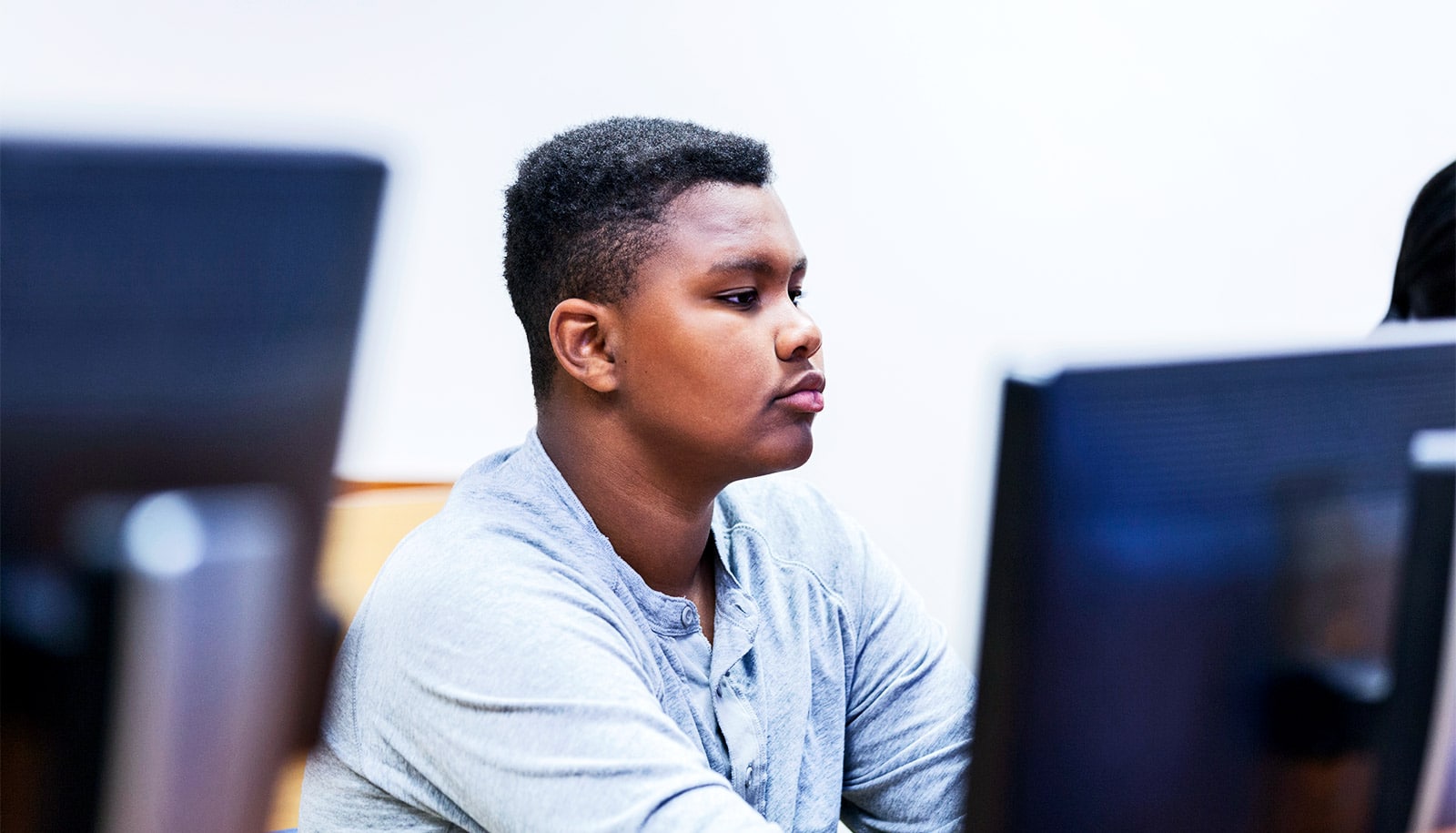New research digs into whether the methods used to teach students with disabilities are effective and inclusive for all students.
The researchers offer some of the first findings on differentiating the effectiveness of instruction for students with and without disabilities.
Their study suggests that to help schools make decisions that are best for student outcomes, policymakers may want to consider teacher quality measures that look separately at students with and without disabilities.
Published in the journal Educational Evaluation and Policy Analysis, this research presents a major breakthrough in understanding how to best measure achievement for both groups of students.
“Most students with disabilities spend most of their school day in general education classrooms, but many teachers indicate they receive insufficient training and preparedness to educate these students,” says study author Scott Imberman, professor in the economics department in the College of Social Science and the College of Education at Michigan State University.
“We thought that through the use of statistical measures of teacher quality, we could identify which teachers are more effective teachers with these students and how much general education teachers’ ability to instruct these students varies.”
It’s important that students with disabilities have access to high-quality teachers, and not all teachers receive the necessary training and skills to support them. They also can struggle more with certain subjects, such as math.
Student success outcomes are also often determined by how the entire class performs rather than how individual students perform.
When it comes to evaluating the success of all students, numerical measures known as value-added measures, or VAM, are typically used. However, these measures often do not distinguish between evaluating students with and without disabilities.
The researchers created a study using data from the Los Angeles Unified School District due to the large number of enrollees and students with disabilities. They created two specific value-added measures—one for evaluating the effectiveness for teachers instructing students with disabilities and the other for students without disabilities.
They found that some of the best-performing teachers for students without disabilities have lower value-added scores for students with disabilities. Similarly, they noted that top-performing teachers for students with disabilities have lower value-added scores for students without disabilities. This means that some students who may appear to be matched with a high-quality teacher could actually be better off with other teachers.
The bigger inequity, according to Imberman, is that although “some general education teachers do have specialized skills that make them more effective for students with disabilities, our case study in Los Angeles suggested disabled students are typically not matched to these teachers.”
While the results do not identify how to better match teachers with students with disabilities, they do raise the point to schools and policymakers to explore how both groups of students and, especially those with disabilities, can have better academic gains.
It is also necessary that educators, especially those who have been teaching longer, receive the appropriate training to support students with disabilities.
“We hope that our methods can be used in the future to help school officials better match students with disabilities to the teachers who are best equipped to instruct them and better assess which teachers might need additional training in educating disabled students,” Imberman says.
Additional coauthors are from Michigan State, the University of Pennsylvania, Boston University, and Abt Associates.
Source: Michigan State



